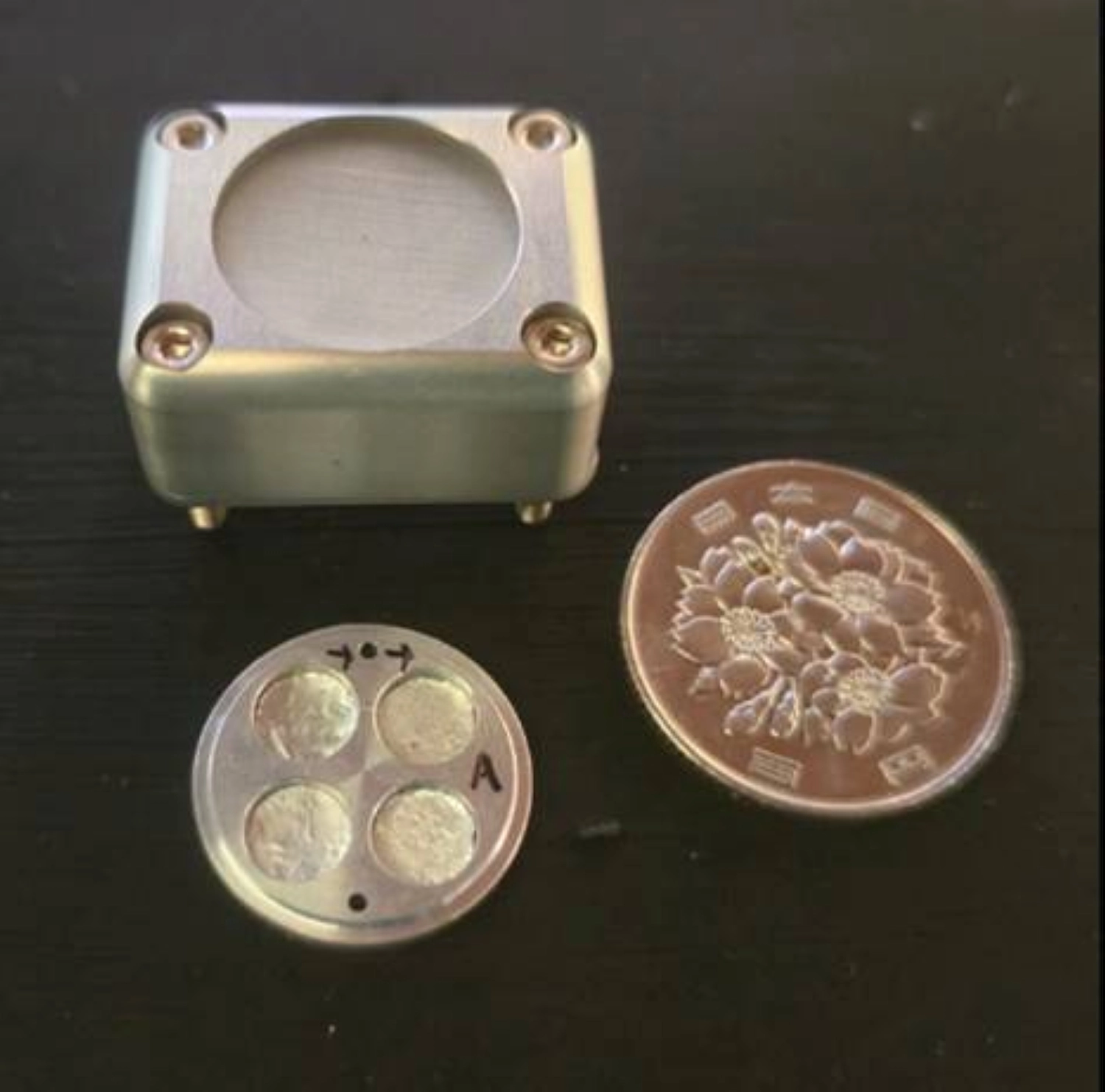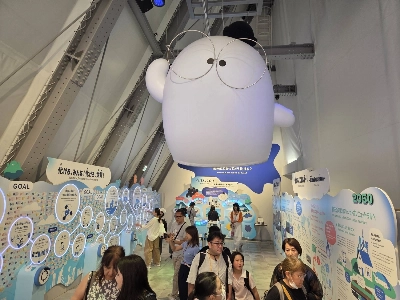Most moss spores germinated normally after spending about nine months in outer space, a team of researchers in Japan said Friday, confirming that mosses can survive for an extended period in the harsh space environment.
The team’s findings were published in the U.S. journal iScience.
In the study, sporophytes filled with spores of Physcomitrium patens were put inside a device placed outside Japan’s Kibo experimental module at the International Space Station. After the spores were exposed to the space environment between March and December 2022, they were brought back to Earth.
The germination rates of a group of spores shielded from visible light and ultraviolet rays in space, a group shielded from ultraviolet rays in space, and a group shielded from both visible light and ultraviolet rays on Earth came to over 95% to 97%.
Even a group exposed to ultraviolet rays in space had a high survival rate, with the germination rate standing at 86%.
Mosses were among the first plants to colonize land, about 500 million years ago. They are highly adaptable to the environment and do not require a lot of water or nutrients.
The research team said the findings will be useful for building infrastructure to supply food and oxygen on the moon and Mars in the future.
“Mosses build the first step toward an ecosystem,” said Tomomichi Fujita, a professor at Hokkaido University and a member of the team. “Mosses are the pioneer of plants. They will produce the first organic components even on the soil of Mars, which has no organic matter.”





















With your current subscription plan you can comment on stories. However, before writing your first comment, please create a display name in the Profile section of your subscriber account page.